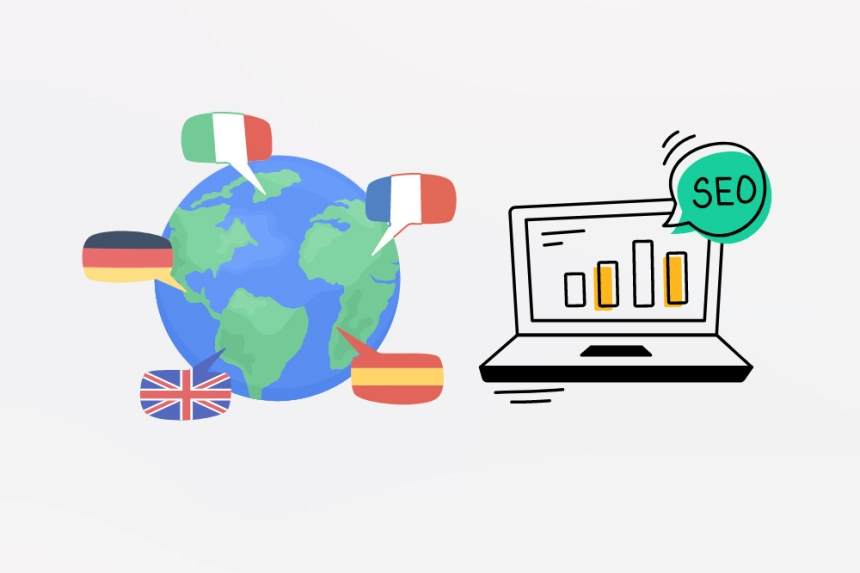How to Build a Multilingual Website Complete Guide to Optimize Your Site


Creating a multilingual website is essential in an increasingly globalized world. Establishing an online presence that speaks multiple languages can significantly increase your reach and enhance user experience. In this article, we will guide you through the necessary steps to build a multilingual website optimized for SEO.
Why Choose a Multilingual Website?
Advantages of a Multilingual Website
- Global Reach: You increase the likelihood of attracting visitors from various regions.
- Better User Experience: Users prefer to browse in their native language.
- Competitive Advantage: Differentiate yourself from competitors who only operate in one language.
Ethical and Cultural Considerations
- Relevant Content: Ensure that the content is culturally appropriate for each audience.
- Linguistic Sensitivity: Consider dialectal and terminology differences in various countries.
Step by Step: Building Your Multilingual Website
1. Content Planning
Defining Languages
Before you begin, define which languages you will include. Consider factors such as:
- Target market
- Audience demographics
Content Strategy
Develop a strategy that involves creating and translating content. Recommendations:
- Original Content vs. Translation: Sometimes, it's better to create specific content for each language.
- Tone and Style: Ensure that the content maintains a consistent tone and style across all languages.
2. Choosing the Platform
CMS Platforms
Choose a CMS (Content Management System) that supports multiple languages. Some of the best options are:
- WordPress: With plugins like WPML or Polylang.
- Drupal: Natively supports multilingualism.
3. Technical Implementation
URL Structure
- Use a clear and easy-to-follow URL structure, such as:
- Domain.com/es/ for Spanish
- Domain.com/en/ for English
HTML Tags
- Implement hreflang to indicate to search engines the language of each page and its region, which will help improve indexing.
4. SEO for Multilingual Websites
Keyword Research
- Conduct language-specific keyword research. Use tools like Google Keyword Planner or SEMrush.
On-Page Optimizations
- Title and meta descriptions: Ensure they are optimized in the corresponding language.
- Headings: Use H1, H2, and H3 appropriately, and ensure they contain relevant keywords in the corresponding language.
Internal and External Links
- Create internal links that connect content across languages and, when possible, seek relevant external links that are also multilingual.
5. Website Maintenance
Content Updates
- Keep your content updated in all languages. This not only improves SEO but also user experience.
Analysis and Adjustments
- Use tools like Google Analytics to monitor user behavior. This will allow you to make adjustments to your strategy as needed.
Useful Tools for Creating Multilingual Websites
Plugins and Extensions
- WPML: Ideal for WordPress.
- TranslatePress: Allows translation directly from the frontend.
- GTranslate: A Spanish-friendly plugin that facilitates automatic translations.
Translation Platforms
- Crowdin: An ideal tool for managing translation.
- Gengo: A professional translation platform.
SEO Resources
- Yoast SEO: A plugin that will help optimize each version of your content.
Conclusion
Building a multilingual website is a process that requires careful planning and the implementation of appropriate strategies. From choosing the platform to optimizing for SEO, each step is crucial. Don’t forget that relevant and culturally adapted content is key to achieving an excellent user experience and gaining visibility in different markets.
By following this guide, you will be on your way to creating a website that not only reaches more visitors but also offers them quality content in their native language. Good luck!






